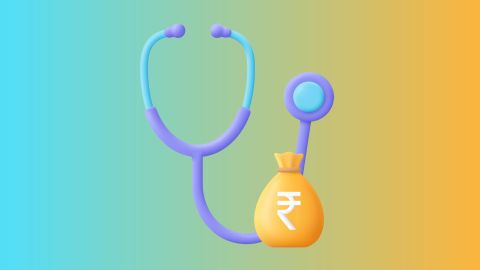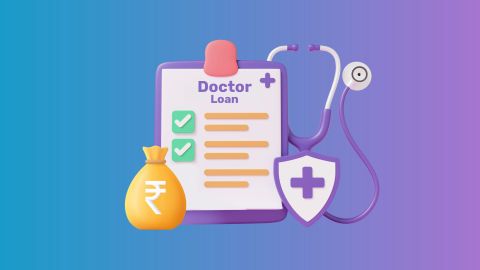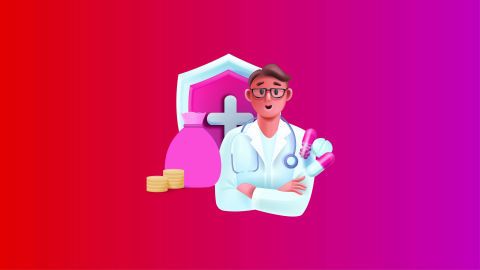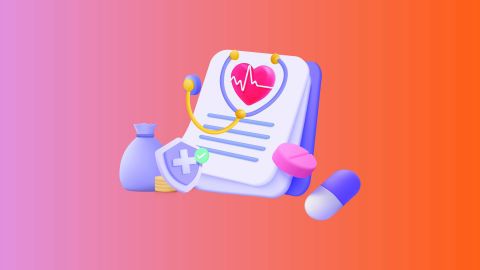In today's fast-paced world, maintaining optimal health has become more important than ever. Health monitoring systems play a crucial role in enabling both patients and healthcare professionals to keep a close watch on essential medical parameters. With the advancement of technology, these systems have evolved significantly, offering real-time updates on vital signs such as heart rate, blood pressure, and oxygen levels. Whether you are someone with a chronic condition or simply a fitness enthusiast, health monitoring devices make it easier to track your overall well-being.
Moreover, hospitals and clinics have adopted health monitoring systems to enhance patient care. These systems not only prevent emergencies but also promote proactive healthcare. As healthcare technology continues to advance, it is essential for medical practitioners to keep up with the latest tools available. Bajaj Finance offers a tailored Doctor Loan to help doctors upgrade their clinics and invest in state-of-the-art health monitoring devices.
Let’s dive deeper into the world of health monitoring systems and understand their importance, evolution, and how they work.
What is a Health Monitoring System?
A health monitoring system is an advanced technology solution that collects real-time data on a person’s health parameters. These systems are designed to track key medical information, such as heart rate, temperature, oxygen saturation, and blood pressure. They help doctors and patients alike monitor ongoing health conditions and manage treatments more efficiently.
By continuously gathering data, health monitoring systems offer valuable insights into a patient’s health status. This enables early diagnosis and timely intervention in case of any irregularities. In hospitals, these systems are often integrated with other medical equipment to improve patient outcomes. Health monitoring systems play an indispensable role in reducing response time during emergencies.
How Does the Health Monitoring System Work?
A health monitoring system works by continuously recording and analysing a patient's vital signs through sensors and connected devices. Here is how it functions:
- Data Collection: Sensors placed on the patient’s body capture vital data such as heart rate, blood pressure, and oxygen levels.
- Transmission: The data collected by these sensors is transmitted wirelessly to a central monitoring unit or an app on a mobile device.
- Analysis: The system analyses the incoming data and identifies any abnormalities or deviations from the norm.
- Alert Generation: If any concerning patterns are detected, the system triggers an alert for the healthcare provider or patient.
- Decision Support: Based on the analysed data, doctors can make informed decisions on the next course of treatment.
This system works seamlessly with mobile apps, allowing patients to access their data anytime, anywhere, enhancing self-care.
Evolution of Health Monitoring Devices
The evolution of health monitoring devices has been remarkable over the years. Initially, health monitoring was confined to hospitals with bulky equipment. But thanks to advancements in IoT (Internet of Things) and medical technology, these systems have become portable and user-friendly.
Today, wearable devices like smartwatches and fitness trackers allow real-time monitoring of vital health statistics. These modern devices provide data with much greater accuracy and can even predict potential health issues, giving users a chance to act before a problem escalates. From hospital-based setups to personal-use gadgets, health monitoring systems have become indispensable in preventive healthcare.
Real-Time Health Monitoring System
A real-time health monitoring system is designed to provide up-to-the-minute tracking of critical health parameters. These systems alert medical professionals immediately when a patient's condition worsens, allowing for quick intervention. Whether it is a heart rate spike or a sudden drop in oxygen saturation, doctors can step in immediately to prevent emergencies.
Real-time health monitoring systems are particularly useful for patients with chronic conditions or those recovering from surgeries. The constant flow of information enables continuous health assessment, giving healthcare professionals the ability to respond faster.
Why are Health Monitoring Devices Important?
Health monitoring devices are essential for a variety of reasons:
- Early Detection: They help in identifying potential health issues before they become severe.
- Chronic Disease Management: Devices aid in managing chronic conditions like diabetes, hypertension, and heart diseases by providing real-time data.
- Personalised Care: Healthcare providers can offer more personalised treatment plans based on continuous data.
- Increased Patient Engagement: By giving patients access to their health data, they are more empowered to take control of their health.
- Emergency Prevention: Early alerts can prevent critical situations, improving overall patient outcomes.
These devices not only improve personal health management but also enhance the healthcare system as a whole.
5 Reasons to Build a Health Monitoring System
- Improved Patient Care: Regular monitoring ensures timely interventions and better treatment outcomes.
- Increased Efficiency: These systems reduce the need for frequent hospital visits, enabling remote care.
- Cost-Effective: By preventing emergencies, health monitoring devices cut down on expensive hospital stays.
- Data-Driven Decisions: Continuous data collection helps doctors make informed treatment decisions.
- User-Friendly: Modern devices are lightweight, easy to use, and can even be worn as a bracelet.
These reasons highlight the importance of integrating a health monitoring system into your medical practice.
Conclusion
In today’s healthcare landscape, adopting advanced technology like health monitoring systems is crucial for providing top-notch patient care. Whether it is for hospital use or personal well-being, these devices have revolutionised healthcare delivery. If you are a doctor looking to upgrade your practice with these cutting-edge systems, consider the Bajaj Finserv Doctor Loan to finance your purchase of health monitoring devices.




